In the vast tapestry of life’s evolution on Earth, certain events stand out as monumental turning points, reshaping the course of biology for eons to come. One such phenomenon, known as primary endosymbiosis, has only occurred a handful of times in our planet’s history, each time heralding groundbreaking advancements in the complexity and capabilities of life forms.
Imagine a merger between two organisms so intimate that one becomes an indispensable part of the other, functioning as an internal organ. This is the essence of primary endosymbiosis. And just as mitochondria and chloroplasts emerged from past symbiotic unions, a new chapter in evolutionary history is unfolding before our eyes.
Recent research has unveiled an extraordinary example of primary endosymbiosis in action, as scientists have observed a species of algae, Braarudosphaera bigelowii, incorporating a cyanobacterium into its cellular framework. This symbiotic partnership grants the algae a remarkable ability previously unseen in its kind: the capability to fix nitrogen straight from the air, a crucial nutrient essential for growth and survival.
Nitrogen fixation, a process typically mediated by symbiotic relationships with separate bacteria, is now facilitated within the confines of the algal cell, thanks to its newfound cyanobacterial organelle, dubbed the nitroplast. This fusion of organisms represents a leap forward in evolutionary innovation, akin to the emergence of mitochondria and chloroplasts in eukaryotic cells billions of years ago.
Dr. Jonathan Zehr, a leading researcher in the field, remarks on the striking parallels between this modern-day symbiosis and the formation of organelles in ancient cellular history. Through meticulous examination of size ratios, metabolic interactions, and genetic dependencies, scientists have pieced together a compelling narrative of co-evolution between host and symbiont.
Advanced imaging techniques have offered glimpses into the synchronized replication and division of cells, underscoring the intimate relationship between the algae and its nitroplast. Moreover, comparative genomic analyses have revealed telltale signs of organelle evolution, as the cyanobacterial symbiont relinquishes genomic independence in favor of reliance on its algal host.
The implications of this discovery extend far beyond the realm of academic curiosity. By unraveling the mysteries of primary endosymbiosis, researchers aim to unlock new avenues for agricultural innovation, potentially revolutionizing crop production through the engineering of nitrogen-fixing capabilities in plants.
As we bear witness to this once-in-a-billion-years event, we are reminded of the boundless creativity of evolution and the enduring quest for adaptation and survival. With each discovery, we inch closer to understanding the intricate tapestry of life and the remarkable journey that has led us to where we stand today. And in the quiet interplay of cells and symbionts, we glimpse the timeless dance of evolution, ever unfolding, ever inspiring.

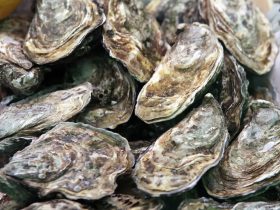
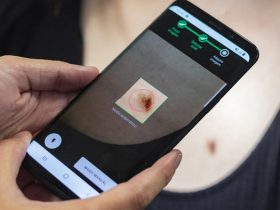


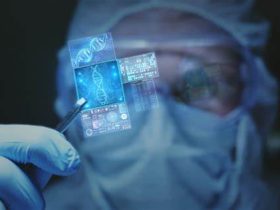

















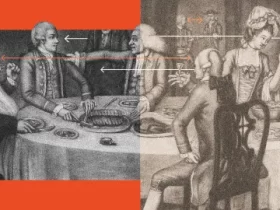
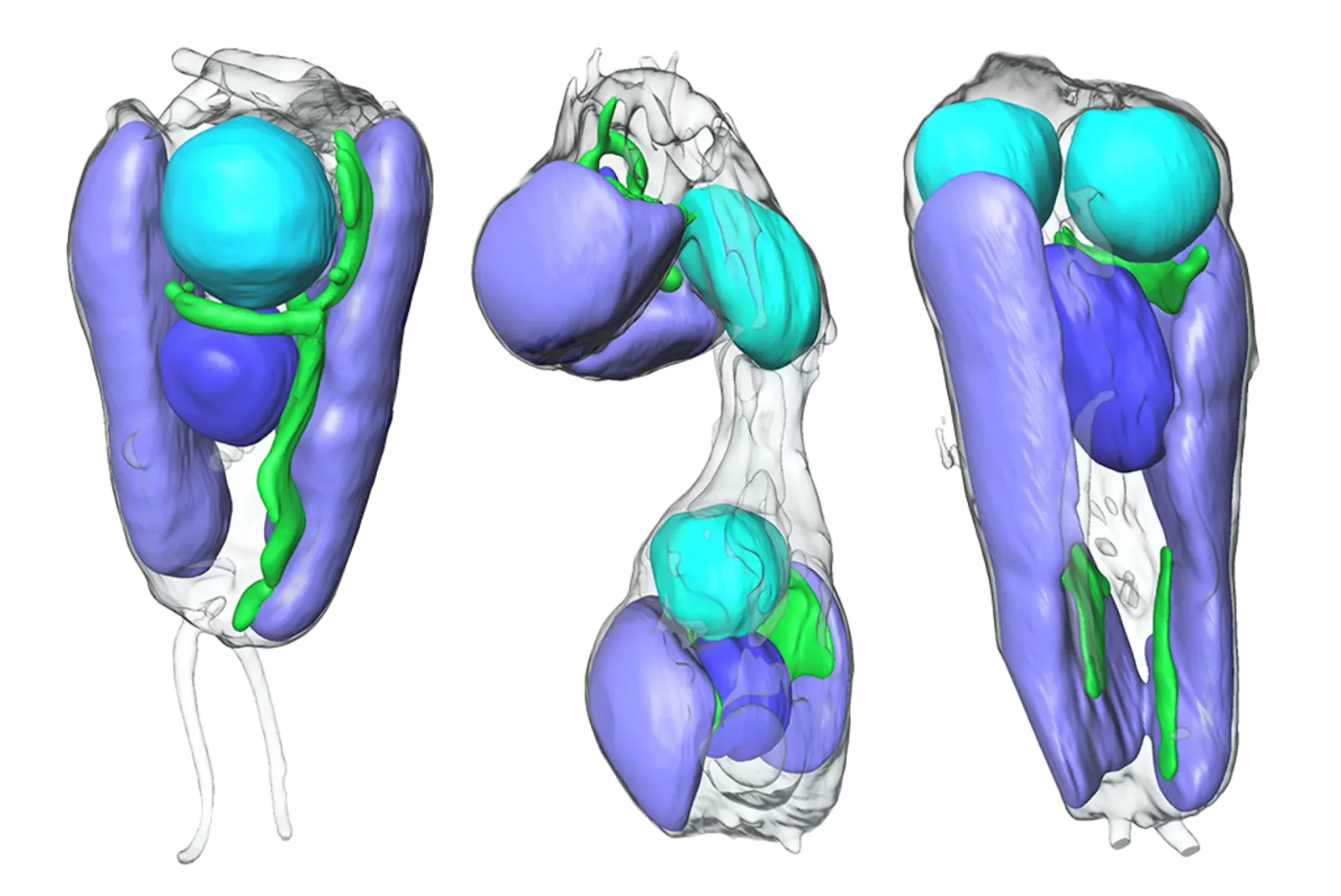






Leave a Reply